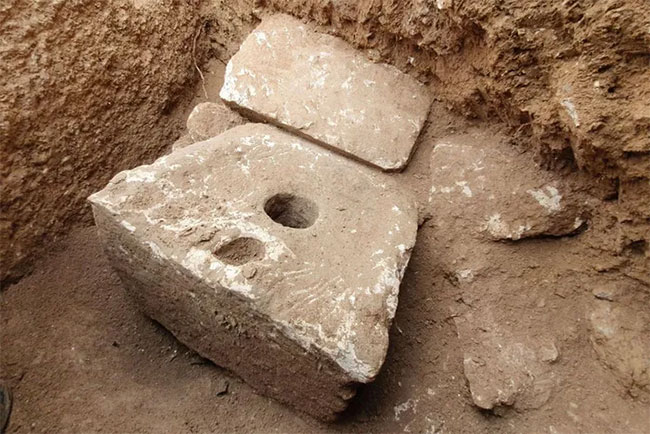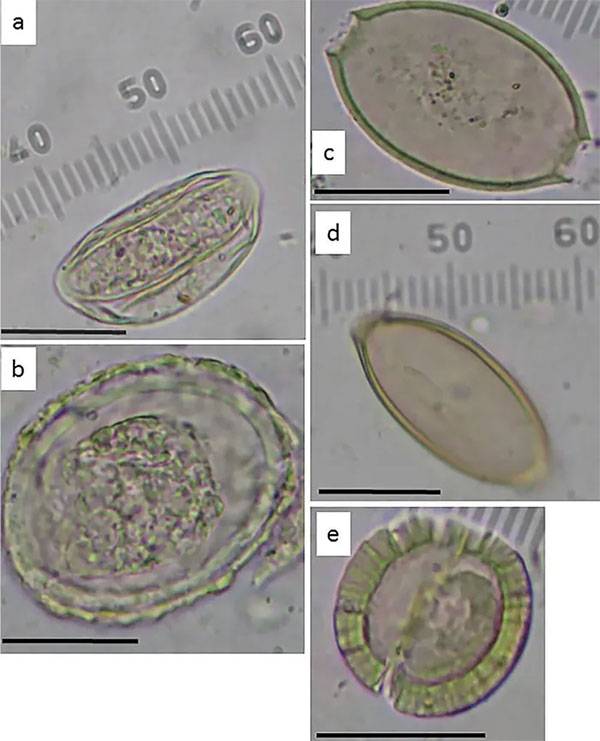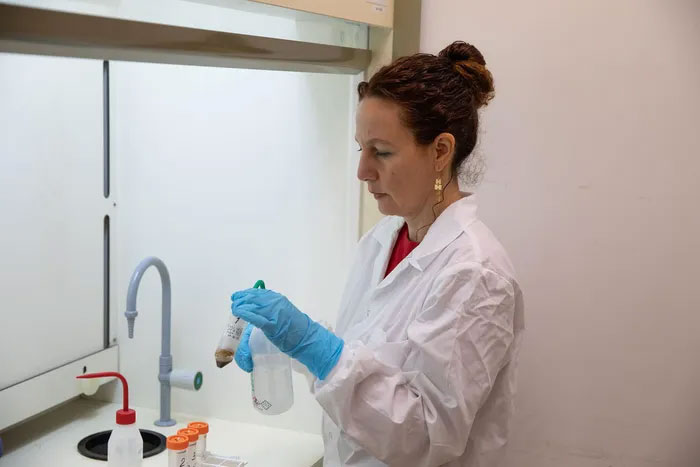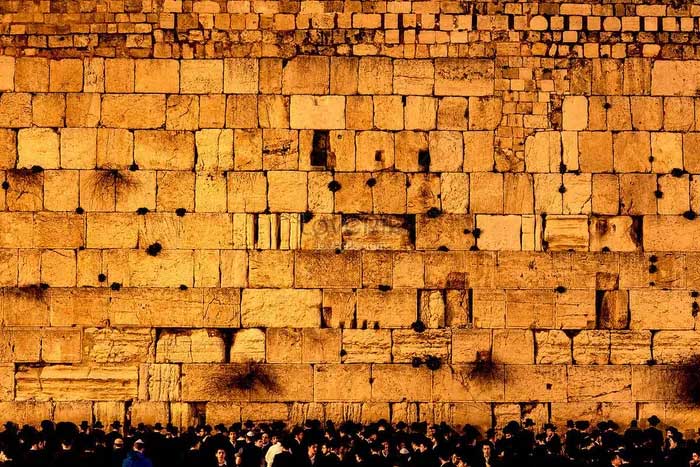A study from Tel Aviv University and the Israel Antiquities Authority focused on intestinal parasite eggs found in a limestone cesspool beneath the toilet of a magnificent royal estate dating back to the 7th century BCE.

Researchers analyzed samples taken from a cesspool located beneath the limestone toilet. (Source: Yoli Schwartz, Israel Antiquities Authority)
The 2,700-year-old eggs are believed to belong to roundworms, tapeworms, flagellates, and pinworms. The lead researcher, Dr. Dafna Langgut from the Department of Archaeology and Ancient Near Eastern Cultures at Tel Aviv University, stated: “Intestinal worms are parasites that cause symptoms such as abdominal pain, nausea, diarrhea, and itching. Some types are particularly dangerous for children and can lead to malnutrition, developmental delays, neurological damage, and even death.”

Intestinal parasite eggs were discovered from the sediment layer beneath the limestone toilet in Jerusalem. (Source: Eitan Kremer)
The research published in the International Journal of Paleopathology indicates that at a time before humans had an awareness of hygiene and the development of modern medicine, the lives of the upper class in ancient Jerusalem still faced numerous issues. Despite their wealth, they could not effectively treat these intestinal bacterial-related diseases, which is believed to have impacted the population dynamics of that era.
Poor sanitary conditions, coupled with contaminated food and drinking water, likely facilitated the spread of parasites, not to mention that people were not yet accustomed to regular handwashing. During this period, human feces were used as fertilizer for crops, and meat was often improperly cooked.

Dr. Dafna Langgut noted that intestinal diseases significantly affected the population of that time. (Source: Sasha Flit, Tel Aviv University)
Researchers assert that these intestinal diseases had a considerable impact on the individuals who lived in the estate discovered at Armon Hanatziv Promenade in Jerusalem. However, the head of the excavation, Yaakov Billig, also remarked: “Toilets at that time were considered symbols of status and power, as only the wealthy could afford to build them.”
“It is interesting to see that something as common to us today as a toilet was a luxury item in Judea,” added Eli Eskosido, Director of the Israel Antiquities Authority.
Previously, archaeologists had found a square limestone block with a hole in the center, resembling a toilet bowl, at what is believed to be this toilet site. Below it was a cesspool hewn from stone.

The excavation site at a luxurious estate overlooking the Old City of Jerusalem. (Source: Yoli Schwartz, Israel Antiquities Authority)
Archaeologists also discovered evidence that the estate’s garden featured various ornamental plants and fruit trees, with a direct view of the Old City of Jerusalem.
Additionally, a clay jar and animal bones from the time of Solomon’s Temple (the first Jewish temple) were found in the cesspit. According to a spokesperson, following these initial findings, scientists will continue to analyze materials retrieved from the pit.
Through this, Israeli officials hope to gain more insights into the diet of the people at that time as well as the diseases that affected the ancient world.
The first Jewish temple, built by King Solomon, was destroyed by King Nebuchadnezzar of Babylon in 586 BCE. The temple was later rebuilt and renovated (the second Jewish temple) but continued to be destroyed by the Romans in 70 CE.

The Western Wall is considered the most important holy site for Jews. (Source: Love Pik)
Today, only the walls of the second temple remain. These walls are commonly referred to as the Western Wall and are the most significant holy site in Judaism.


















































